

Here are 15 tried and true positive guidance strategies that have been used successfully for decades and are still relevant today.
These “Guides to Speech and Action” were developed by Katherine Read Baker over 70 years ago. She wanted adults who work with young children to better understand themselves as well as the children, focusing on the feelings and attitudes behind our guidance techniques.
I was first introduced to these guides as a student teacher, and I've been using them ever since. How many of them do you use?
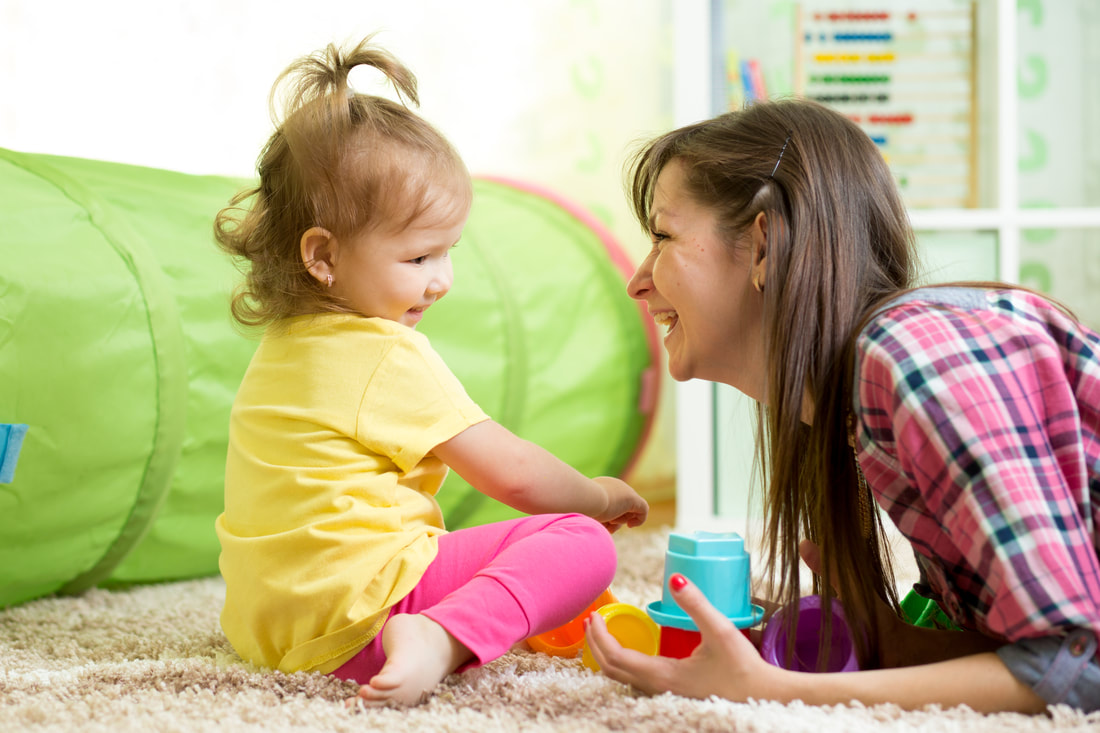
Tell children what they should do instead of what they should not. Keep directions simple so children will understand what is expected of them. Be specific so they know exactly how to follow your directions. "Be nice" or "Share" may be too general to help children change their behavior. "Use kind words like ___" or "Give it to her when you are finished playing with it" are more precise.
Here are a few more examples of positive instructions:
• “Use a soft voice” instead of “Don’t yell”
• “Walk” instead of “Don’t run”
• “Put your feet on the floor” rather than “Don’t climb on the table”
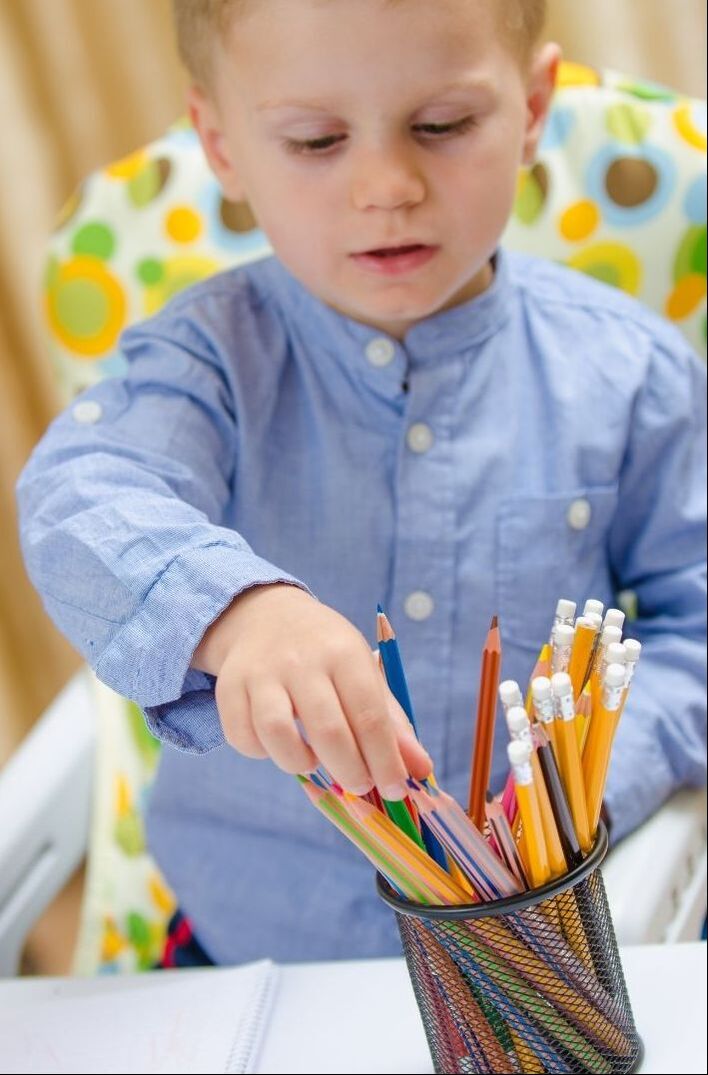
Offer children choices as often as you can. Young children don't have much say in their lives; adults are in charge of their schedules, what they eat, where they go, who is with them, and much more. Giving choices helps children to feel a sense of control and to practice making decisions. It also helps children to comply with your instructions with less resistance. When you offer a choice immediately after stating something they must do, it may help children overcome the urge to refuse. "It's time to clean up. Would you like to start with the big blocks or the small ones?"
Avoid asking questions or tagging your directions with “okay?” when the child does not have a choice. If "No" is an unacceptable answer, don't ask - tell!
Young children can be sensitive to adults' voices - they may perceive our tone as unfriendly or angry, even if we are not using a loud or harsh voice. Use a pleasant tone that communicates "I like being with you" whenever possible. To get children's attention, get close and use a quiet voice, or try singing. When children must do something, be like Mary Poppins, "kind but extremely firm"!
The COVID-19 pandemic has certainly made all of us even more aware of the primary importance of children's health and safety. Although we knew beforehand to wash hands diligently, to clean and sanitize toys, and to avoid sharing eating utensils, our current protocols have probably increased our vigilance of these and many other practices. Even after the threat of this deadly disease has passed, we must continue to minimize the risk of communicable diseases.
The physical environment must also provide for safe play, both indoors and out. Survey all areas before allowing children to enter. Ensure all activities have adequate supervision. [See guide #14 for more on supervising.]
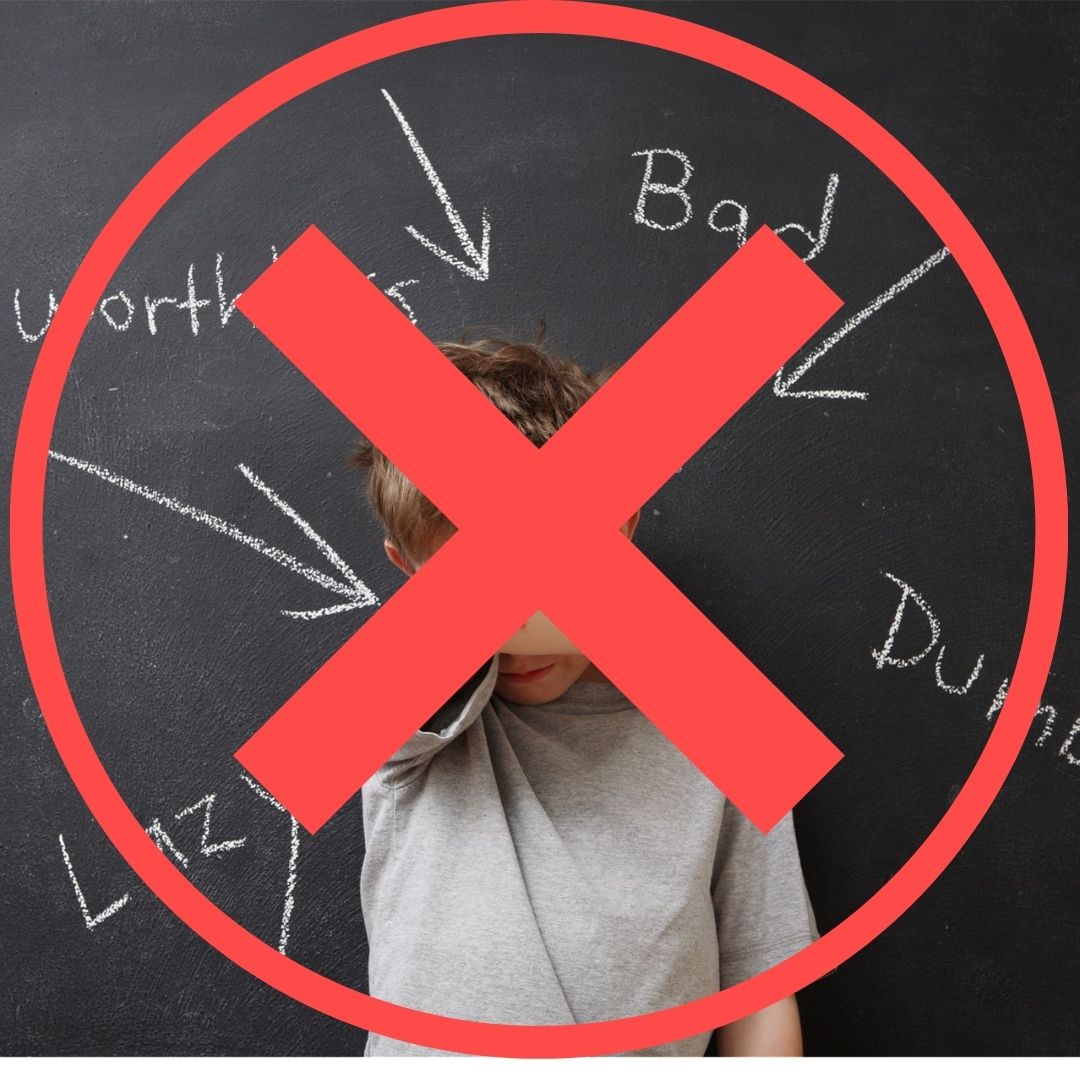
We don't use words like "bad" or "dumb" to label children, but they may get these messages when we say things like, "You know better than than to hit your friends! Go sit in time out until you can behave!" Positive guidance should direct a child toward acceptable behavior, not communicate that they are unworthy or "less than."
Let's assume that, just like us, children do the best they can under the circumstances. If they are not doing well, it's our job to help them do better. Look for the reasons behind the behavior and give them the help they need.
Developmentally appropriate practice (DAP) requires that we meet children where they are and help them to meet challenging but achievable goals. What one child is capable of may be very different from what another can do, so avoid comparing one child to another. Instead, point out the progress the child is making: "Last week you couldn't walk all the way across the balance beam. Today you did it!" Avoid even subtle ways of using comparisons to influence behavior ("Susan is sitting quietly") and discourage competition between children, too. Encourage cooperative play and helping others, and you will be improving children's behavior and self-esteem and developing a sense of community, too.
Redirection is an extremely effective guidance strategy. It works best when we suggest an alternative that meets the needs or interest that the child's behavior is communicating.
If the child is throwing blocks because he is angry, you can point him toward safer ways to express his strong feelings. Tearing newspaper, pounding clay, or punching pillows might help. If, on the other hand, the child is throwing blocks because he wants to throw or to knock things down, you could supply beanbags and safe objects to aim for.

Timing is important when guiding children’s behavior. Children should be given a chance to work things out for themselves, but not get too frustrated or upset. Remember DAP - goals should be challenging but achievable.
One consideration of timing your guidance is to notice the child's emotional state. When they are really upset they are not ready to learn. Save your guidance for a few minutes, and help them calm down and feel connected first.
Another timing tip is to set consequences that follow the behavior as soon as possible. Having to leave the block area after deliberately knocking over another child's structure would be an example of an immediate consequence. If you can't time it that way, at least connect the consequence to the behavior. Having to clean up a large mess of one's making is a logical consequence; sitting out at playtime later in the day is not.
[See guide #11 for more about following up on limits.]
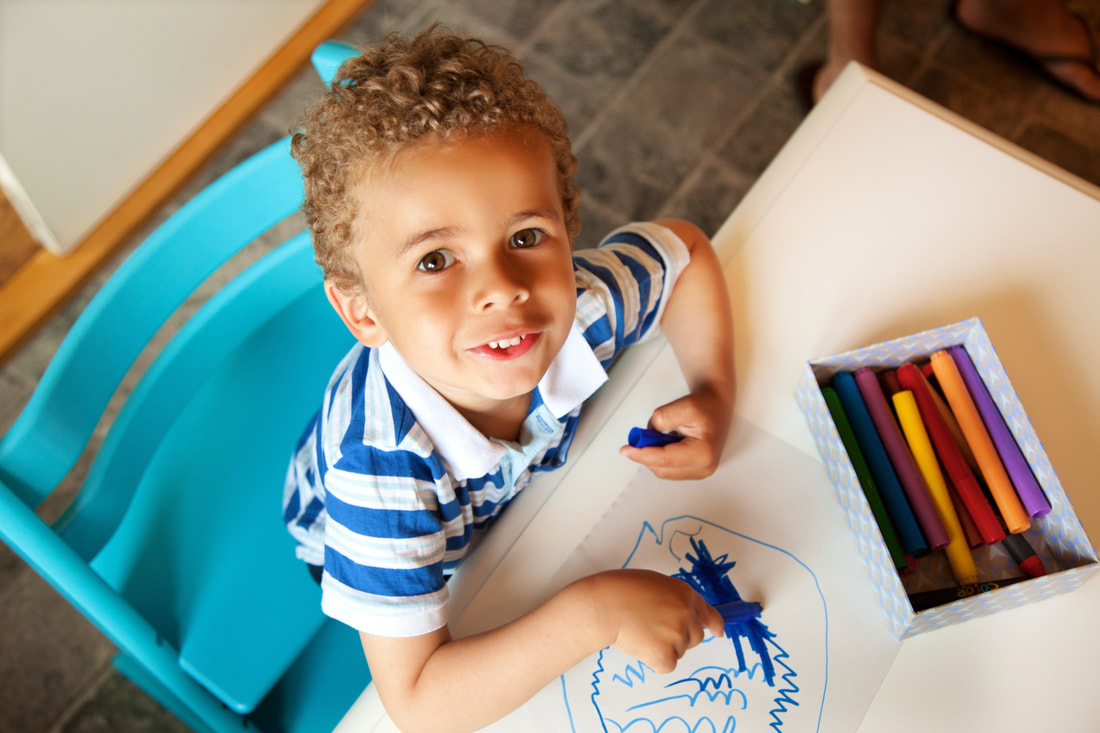
You may also explore the media yourself. Avoid judgements of children's creations, even positive ones. Instead of saying you like a child's painting when asked, point out something you notice about the painting ("You used lots of red and blue") or about the child ("Your smile is telling me you are happy with it").
Allowing children to do things themselves helps them to develop self-help skills. Even if they are struggling, they may not want our assistance, and we can show respect by honoring their wishes. If a child asks for help, scaffold his or her learning by offering the least amount of help he or she needs to do the task. Over time, as children become more confident and skilled, they will need less and less help from adults.
One note about this guide: It's important to recognize cultural differences in doing for others; doing something the other person is capable of may be seen by some as a way of strengthening their relationship.
We often tell children "use your words" when they want something from a peer. When we are guiding children, though, using our words may not be enough. Glancing, gesturing, or getting nearer the child can all be cues as to what is expected. We can also back up our words with verbal prompts or physical help.
It's important to use fewer words and simpler directions, following them up with a cue or prompt - or a choice, as mentioned earlier. Give the child time to process your instructions first. You can say, "It's time to clean up now," as you hand the children the toy bins (a cue). If needed, follow up with prompt, "Put the wooden blocks in here" or a choice, “Would you like to put these blocks away or park the cars?” (Giving children warnings in advance of a transition helps them shift their attention from one activity to the next as well.)
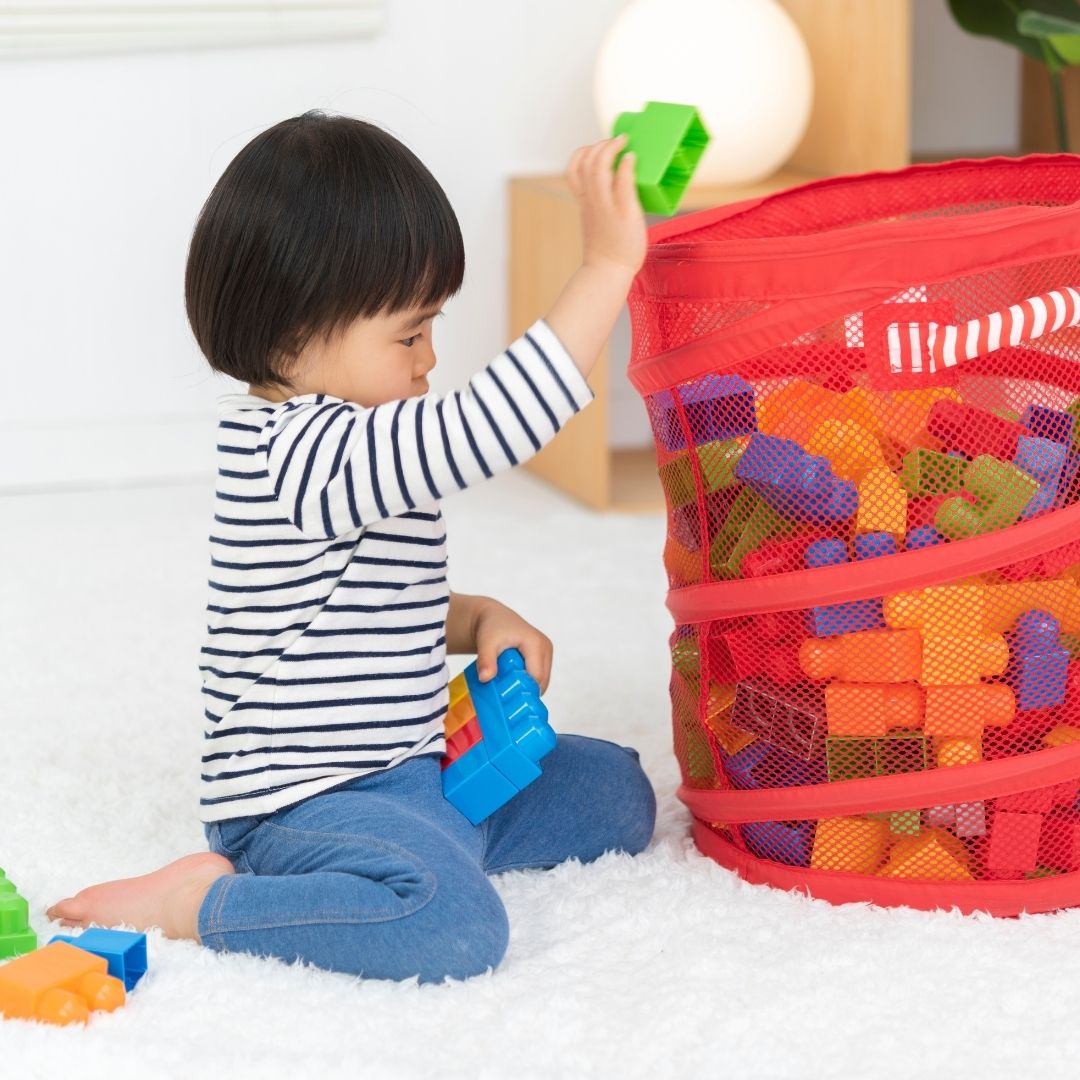
There is an old saying, "an ounce of prevention is worth a pound of cure." When guiding young children's behavior, anticipating and preventing problems is usually the best strategy by far. Be especially sensitive to those children who experience difficulties getting along with others. Entering a group of children at play is an incredibly difficult skill for some, and they benefit from us giving suggestions ahead of time rather than waiting until they encounter a problem. T Socially successful children observe the play and find a way to join in without disrupting it. You can help other children do this as well. The better you know the children, the better you can anticipating their actions - and guide them toward success.

In a developmentally appropriate early childhood setting, there will be few "no's" - rules that must not be broken. Adults' job #1 is to set limits that protect children’s safety, safety of others and safety of property. These limits are non-negotiable and should be applied consistently.
For other classroom rules, the children can be allowed to give input, and adjustments can be made for individual children or circumstances. Try to help children understand the reason for the limits and what happens when they are not followed. As mentioned, consequences should be related to the problem behavior and applied in a short enough time frame for children to make the connection.
Always be alert to the entire environment; supervise the children as if you are the only adult around. Get into the habit of positioning yourself where you can see as much as possible, and move about to check on areas that are difficult to see at all times. For safety you must be able to observe all the children. Many times a teacher is often in a better Getting at the children’s level is ideal for supervising and for allowing the children to approach you. Of course, if there are two or more adults, position yourselves in different areas so all may be seen.
The early childhood classroom is a place for learning for children - and for adults as well! Adults need to get to know each child's abilities, interests and needs. To do this, they w atch children carefully and record what they do and say. Good teachers make observation and documentation part of their daily activities, so they can assess children's progress. The assessment process may sound intimidating, but it doesn't need to be. Use whatever system works for you to document what you see and hear: sticky notes, index cards, voice recording, picture taking, video recording, clipboards, etc. Later you can use the information to assess how the child is progressing and to make follow-up plans.
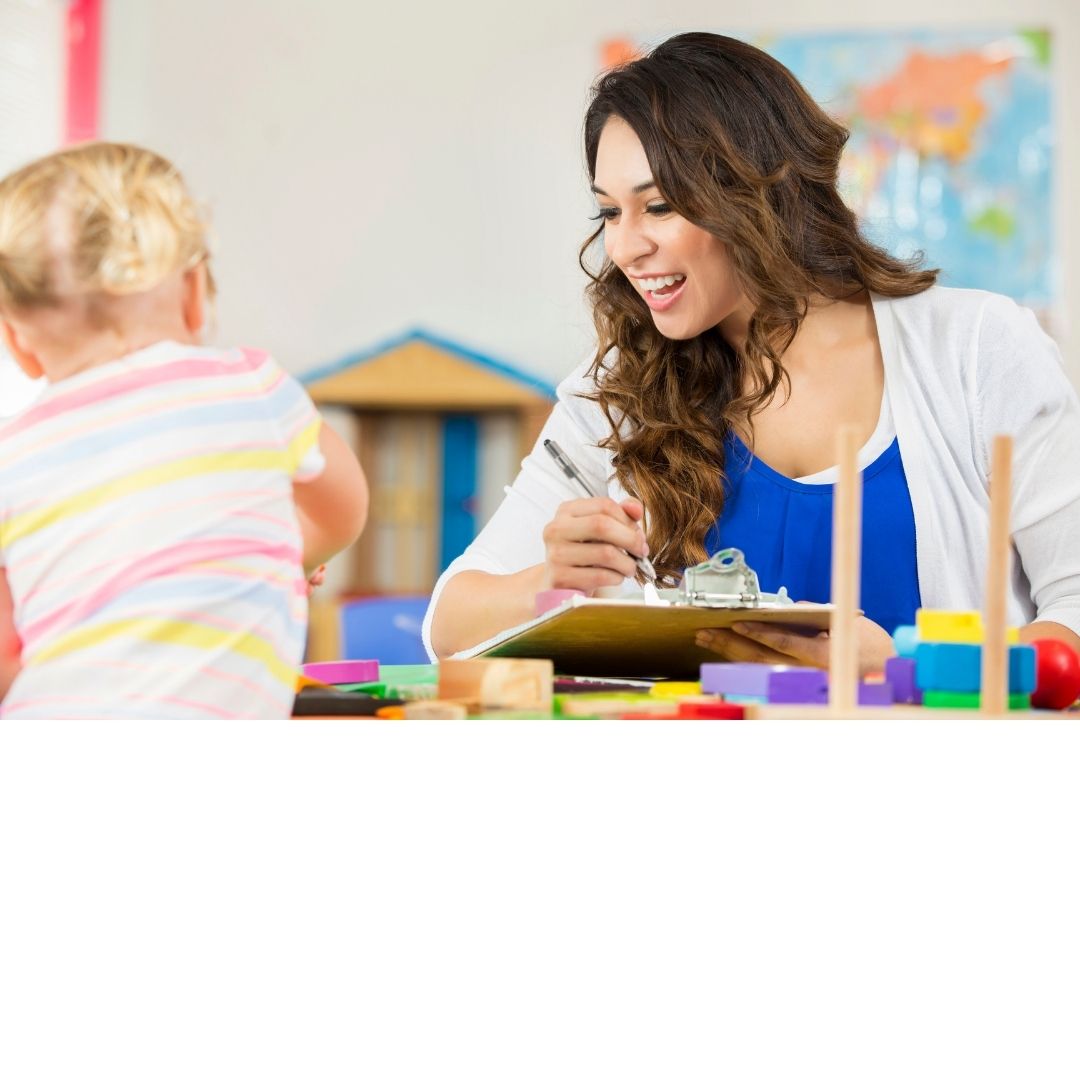
I hope you find these 15 guides as useful as I did when I was a student and beginning teacher. I wish you well as you use positive techniques to guide your children's behavior! Coming up in future posts: Handling and preventing challenging behaviors - stay tuned!